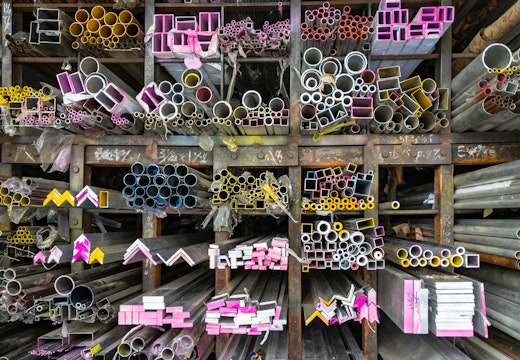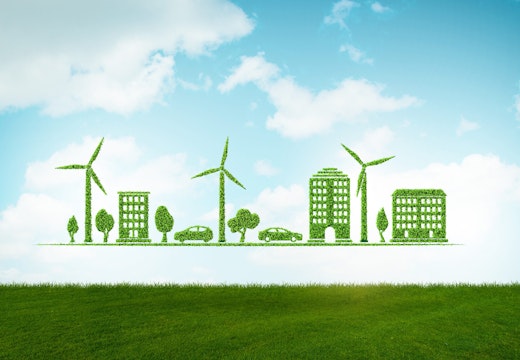Mitigating energy costs with smart lighting
As energy and oil prices continue to soar, connected LED lighting infrastructures can step in to help large companies offset their energy usage and costs
Energy prices have been on the increase with some countries seeing their highest energy prices in history in recent years. It has become increasingly expensive for consumers to heat their homes and for businesses to heat their buildings, especially in the colder months.
One of the ways governments, businesses and consumers can mitigate the current energy crisis is to embrace LED-based connected lighting technology which is integrated into the Internet of Things (IoT). An article written by Signify’s IoT specialist Jonathan Weinert took a look at the potential for organisations to cut energy costs while operating in a more sustainable way.
Lighting accounts for a 12 per cent of the electricity consumed around the world each year. IoT-enabled smart lighting can reduce lighting-related energy costs by up to 80 per cent, making it a significant step on the road to sustainability. It represents a minimally disruptive yet meaningful move that will buy time as we take the more complex steps that the interlocking energy and climate crises will require.
An efficient new reality for buildings
As organisations strive to place themselves at the forefront of sustainability, connected LED lighting systems with embedded sensors can significantly reduce energy consumption and make buildings – which generate 40 per cent of the world’s greenhouse gas emissions – far more energy-efficient.
Connected lighting systems can serve as a foundation on which to build a smart ecosystem. It’s a logical place to begin, as lighting must be installed wherever people go in a building, regardless of any other services or amenities. Connected lighting systems that use standard networking architectures and protocols (such as Ethernet) can integrate with other systems in a building to create synergies that deliver additional value.
The data collected from the lighting system can be used to understand building usage and make operations more sustainable. Building managers can use the data to perform optimisation analysis to ensure the building is being used most efficiently. If less space is needed because areas of a floor or even entire floors are under-utilised, these spaces can be minimally heated, cooled, and lit, or they could even be rented out or sold to reduce the operation’s physical footprint.
Short-term gains, long-term promise
Smart lighting promises to deliver important long-term benefits, potentially slashing the global carbon footprint by more than 553 million tons a year, but it can also bring many short-term advantages. Smart lighting can be installed quickly; the lighting provider retains ownership of lighting hardware and performs all maintenance and upgrades; the customer need only pay periodic fees and profit from the savings that start to accrue to it right away; and savings in energy usage and costs are realised immediately by the energy-efficiency of the LED luminaires.
The ongoing energy crisis is not going away anytime soon. Smart lighting systems offer a way to mitigate its effects now while supporting sustainable practices in the long term, to the benefit of businesses, cities, people, and the planet itself.








